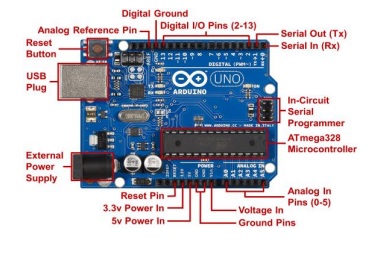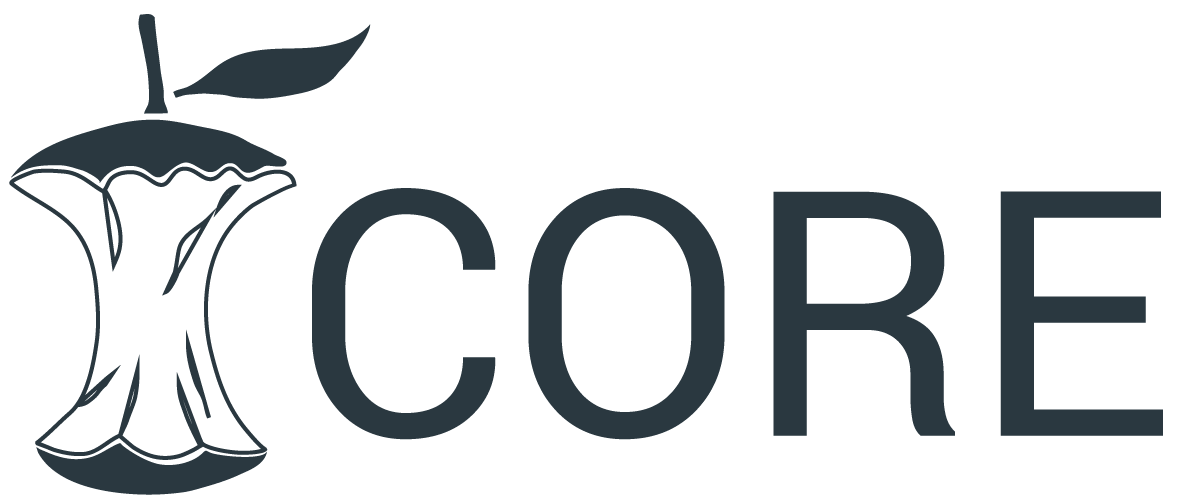Arduino Based Pure Sine Wave Inverter
DOI:
https://doi.org/10.54741/asejar.2.3.2Keywords:
pure sine wave, pulse width modulated (pwm), ardunio-unoAbstract
This project is proposed to generate the high frequency Pure Sine Wave (AC) power signal from direct current (DC) by using Arduino-Uno. Arduino generate the pulse width modulation (PWM) signal to controls the components, such as MOSFETs or ICs, to convert the DC input into a high-frequency AC signal. This project have Arduino-Uno used to control the wave shape of output AC power frequency. IC’s gate input is connected to Arduino-Uno controller and chopper circuit. The gate output of IC is connected with MOSFET gate.
Downloads
References
Wang Y, Ronilaya F, Chen X, & Roskilly A P. (2013). Modelling and simulation of a distributed power generation system with energy storage to meet dynamic household electricity demand. Applied Thermal Engineering, 53(2), 312-324.
Jana J, Saha H, & Bhattacharya K D. (2017). A review of inverter topologies for single-phase gridconnected photovoltaic systems. Renewable and Sustainable Energy Reviews, 72, 1256-1270.
Ronilaya F, & Miyauchi H. (2014). A load frequency control in an off-grid sustainable power system based on a parameter adaptive PID-Type fuzzy controller. International Journal of Emerging Electric Power Systems, 15(5), 429–441.
Doucet J, Eggleston, & Shaw J. (2007). DC/AC pure sine wave inverter PFC. Worcester Polytecnic Institute.
Ghalib M A, Abdalla Y S, & Mostafa R M. (2014). Design and implementation of a pure sine wave single phase inverter for photovoltaic applications. American Society for Engineering Education, 1-8.

Downloads
Published
How to Cite
Issue
Section
ARK
License
Copyright (c) 2023 Abhishek Kumar, Aayush Singh, Aasif Ali, Abhishek Pandey, Sunil Saharan

This work is licensed under a Creative Commons Attribution 4.0 International License.
Research Articles in 'Applied Science and Engineering Journal for Advanced Research' are Open Access articles published under the Creative Commons CC BY License Creative Commons Attribution 4.0 International License http://creativecommons.org/licenses/by/4.0/. This license allows you to share – copy and redistribute the material in any medium or format. Adapt – remix, transform, and build upon the material for any purpose, even commercially.










